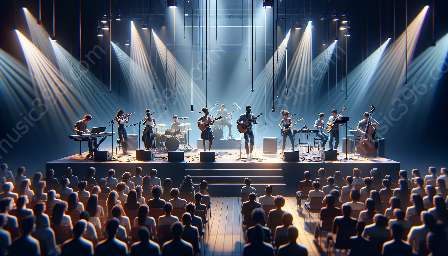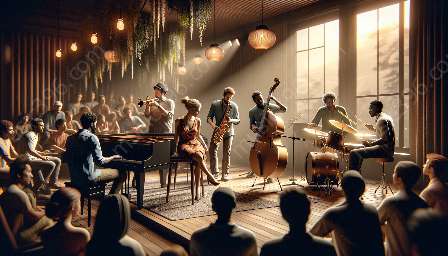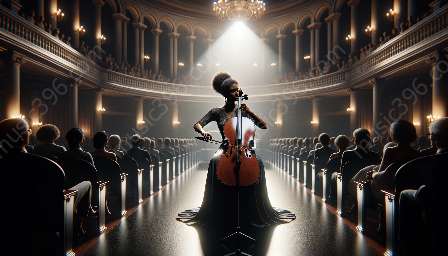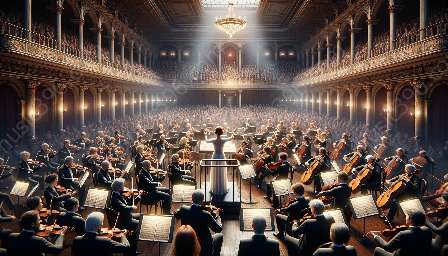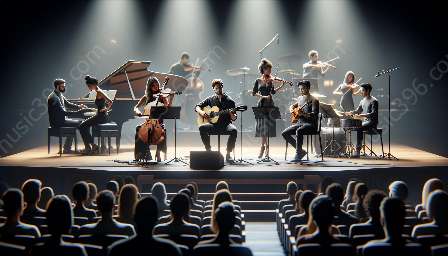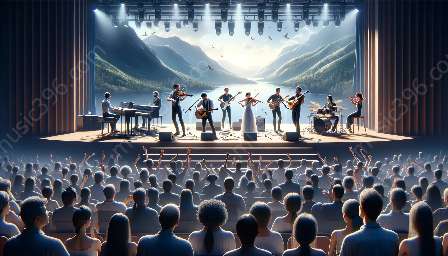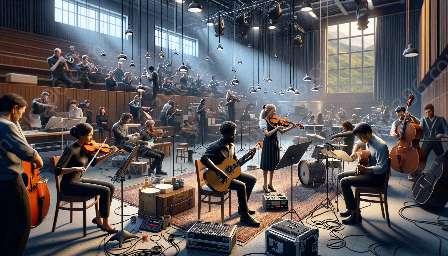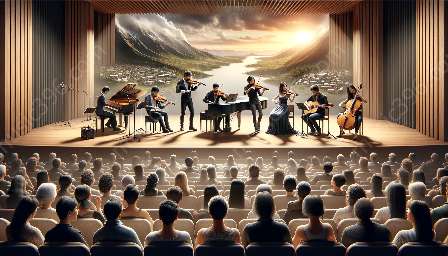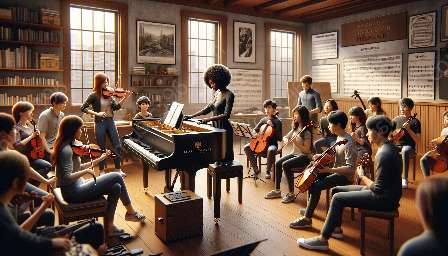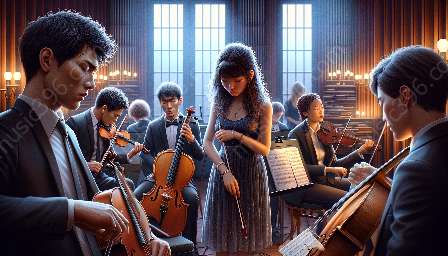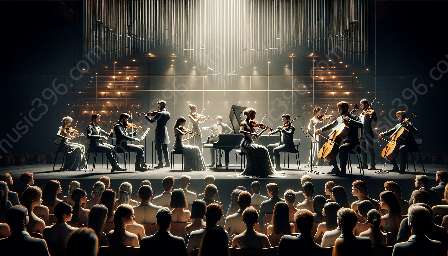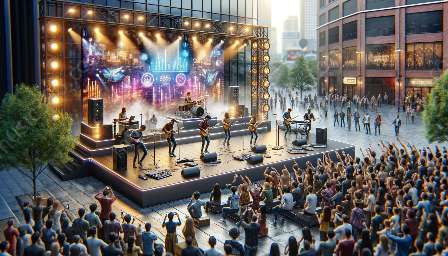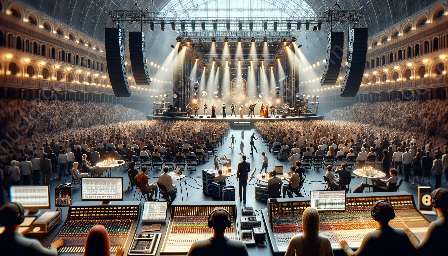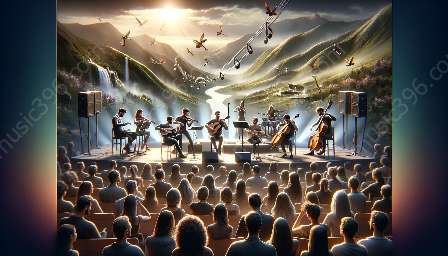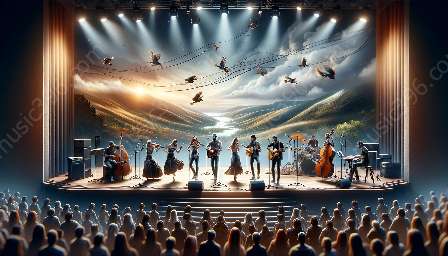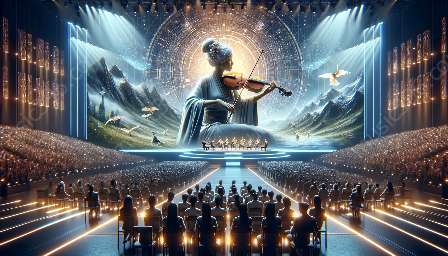When it comes to understanding the cultural significance of live music performances, it's crucial to consider the various elements that shape and define these events. From the choice of instruments and musical styles to the audience participation and the venue's atmosphere, live music performances provide a unique reflection of a society's values, traditions, and contemporary influences.
Key Aspects Reflecting Cultural Identity
Live music performances serve as a platform for artists to express and showcase their cultural heritage, traditions, and values. Through their musical compositions, lyrics, and stage presence, performers often incorporate cultural elements that resonate with their communities and heritage. For example, traditional instruments, indigenous rhythms, and folkloric melodies can all play a significant role in portraying a specific cultural identity during live performances.
Furthermore, the attire and visual presentations during live music performances can also reflect cultural aspects. Costumes, accessories, and stage designs can be inspired by traditional clothing, historical events, and artistic movements, providing a visual representation of cultural narratives for the audience.
Community Engagement and Participation
Live music performances offer a communal experience that encourages audience engagement and participation. This aspect often mirrors the collective values and social dynamics within a culture. For instance, in some cultures, live music events foster a sense of unity and inclusivity, with dancing, singing along, and interactive rituals being integral components of the performance. In contrast, other cultures may prioritize a more reserved and observant approach to live music, reflecting a different set of societal norms and behavioral expectations.
Venue and Event Context
The choice of venue and the overall event context also play a pivotal role in reflecting cultural aspects during live music performances. Whether it's a grand opera house, an intimate jazz club, an open-air festival, or a traditional ceremonial space, the setting can evoke historical, geographical, and social connotations that align with specific cultural identities. Additionally, the programming and curation of live music events often aim to represent and celebrate diverse cultural expressions, fostering cross-cultural dialogue and appreciation.
Live vs. Recorded Music Performance
Comparing live music performances to recorded music performances reveals distinct differences in the portrayal and preservation of cultural aspects. Recorded music, while able to reach a wider audience and retain a sense of timelessness, lacks the immediate interaction and tangible connection that live performances offer. On the other hand, live music performances provide an immersive and dynamic cultural experience, shaping and adapting to the energy and emotions of both the performers and the audience in real time. This dimension of spontaneity and shared presence enriches the cultural representation within live music performances, distinguishing them from their recorded counterparts.
Impact of Music Performance on Culture
Music performance, whether live or recorded, holds a significant influence on culture. As it traverses geographical and generational boundaries, music serves as a vessel for cultural exchange and understanding. Live music performances, in particular, provide a platform for showcasing the diversity of cultural expressions, fostering a sense of cultural pride and unity within communities. Conversely, recorded music performances contribute to the preservation and documentation of cultural heritage and innovations, allowing for widespread dissemination and historical documentation of musical traditions and societal narratives.
Conclusion
Live music performances, with their multifaceted representation of cultural aspects, offer a dynamic and immersive experience that resonates with the values, traditions, and social dynamics of diverse communities. Comparing them to recorded music performances highlights the unique cultural exchange and immediacy that live performances deliver. Ultimately, both live and recorded music performances contribute to the rich tapestry of cultural expressions, shaping and enriching the shared human experience of music.


